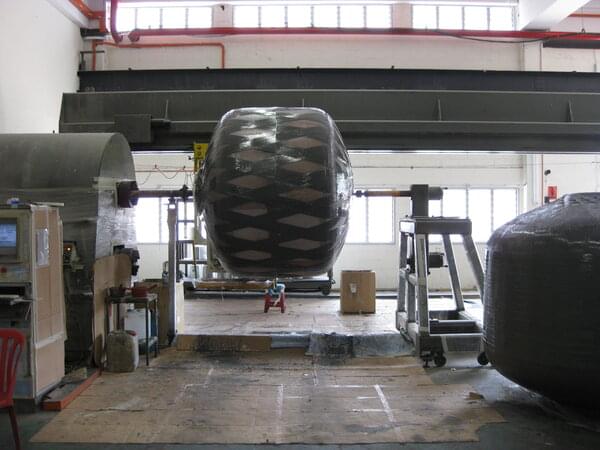
I recently conducted a presentation to a group of customers visiting Waterco’s factory in Malaysia, looking at standards and the choices customers face when it comes to quality and performance. It seemed a timely moment to post the gist of the presentation here.
Contrary to the belief that fibreglass filters are simply laid up, with simple distributor and collector systems, there is in fact a great deal of design and engineering that goes into making a long-lasting filter that works effectively. Both longevity and effectiveness are as important as each other, with effectiveness often overlooked.
Construction
A filter that is not designed and built to last, is a risk. There are safety risks if it fails under pressure, to people and other equipment.
Then there are cost risks, both intangible and intangible. Manufacturers may be liable for product failures, however the cost of system downtime to the end customer can be significant. The time taken to rectify a large vessel failure whether covered by warranty or not is a major lost opportunity cost for contractors, as is the cost to their reputation.
When a large pressure vessel fails on a large project, the stakes are high. So is the risk of legal action.
The British standard BS13121 is used by fibreglass vessel manufacturers as the design and construction standard. The ultimate test of compliance though is to pass independent, third-party design review and hydrostatic testing. This is the requirement for registration of pressure vessels in Australia. It’s no surprise that costs of vessels that can comply with this are higher than those who do not.
Construction weaknesses can occur at dome ends, any penetration of the vessel such as flanges or ports, manholes, tank joins and even bases. The constant expansion and contraction in the tank will expose these weaknesses. Lateral systems can also prove vulnerable. We have recently been fielding calls to source replacement laterals for a brand that are failing at just 2-3 years old.
Nozzle plates are not easy to engineer with expansion and contractions of the tank often causing failures of the plate/wall joint in sub-standard vessels.
Perhaps not in the first year or two, but any weakness will be found.

Performance
Filter purchases are made in the belief that the filter will do what we expect it to do. Unfortunately, the performance of all filters is not the same.
Performance standards are not prevalent for media filters and are rarely discussed. They do exist though and ensure that the filter will perform as it should. NSF50, for example, is a swimming pool performance standard. To pass, the vessel is put through a number of tests, such as the following general examples (please refer to the NSF50 standard for full test criteria):
- Toxicity – materials must not pass toxins to the filtered water
- Hydrostatic test – 1.5x rated pressure
- Cyclic tests – 15,000 pressure cycles – Waterco further exceeds this in its own testing to create additional durability
- Turbidity test – using NSF grade media, incoming and outgoing turbidity is measured at a determined velocity
- Media migration – to ensure that hydraulic flows within the vessel do not cause media to move around within, thereby guaranteeing an even bed of media and effective filtration over the life of the vessel
Points 4 and 5 above are of particular relevance to performance. They ensure that you get what you expect – a vessel that effectively filters for its life.
Waterco’s MD10000 is the largest horizontal filter in the world to have passed the NSF50 test – along with a range of Waterco’s other vessels. Beware claims of ‘built to NSF50’. Always check the NSF website to validate any claims of NSF compliance.
Sectors of the aquatic market have argued in the past that these standards are onerous and cost prohibitive, however the performance risks are real. The water treatment sector has been somewhat more aware of the issues.
Competition between contractors for major projects is forcing price pressure on major components such as pressure vessels. This price pressure is compromising both quality and performance.
With nearly 40 years in the business, Waterco has seen just about every design, construction and performance challenge that will present – and the traps for users. With more brands of fibreglass vessels entering the market, there is a wide range of both construction and performance options that exist. This is even more prevalent now in the larger vessel market where the dollars and stakes are much higher.
Are you getting what you expect – and what you paid for?
Andy Gale